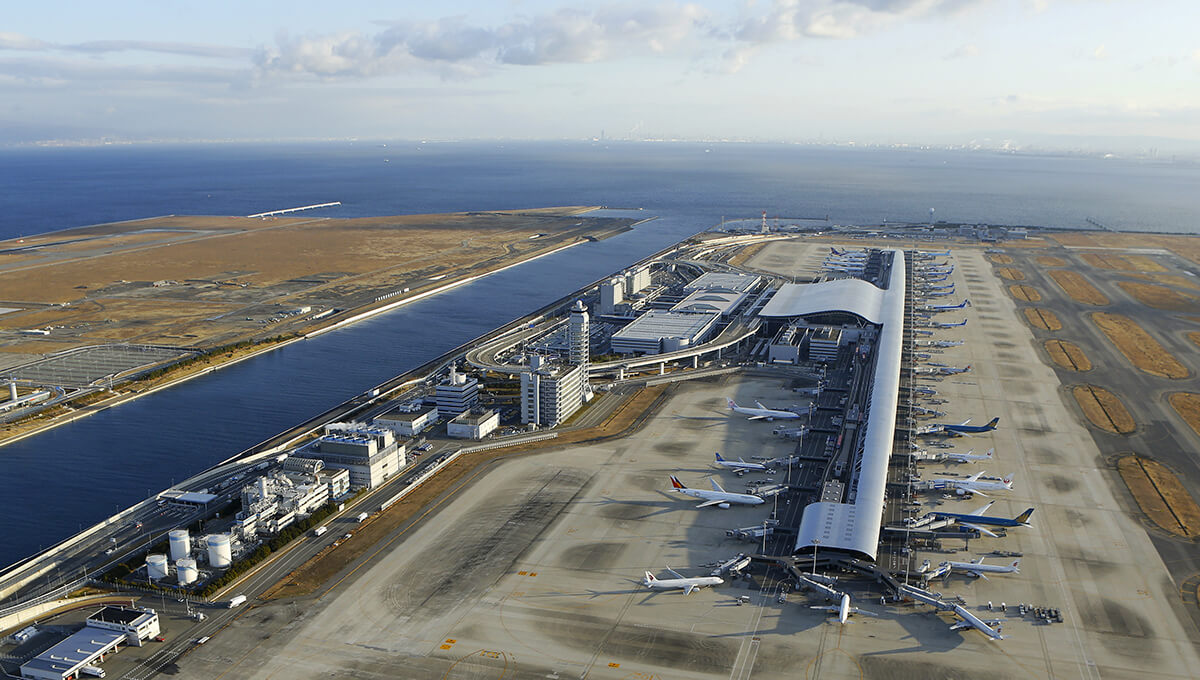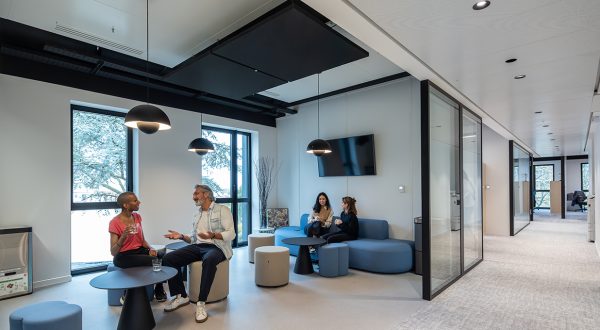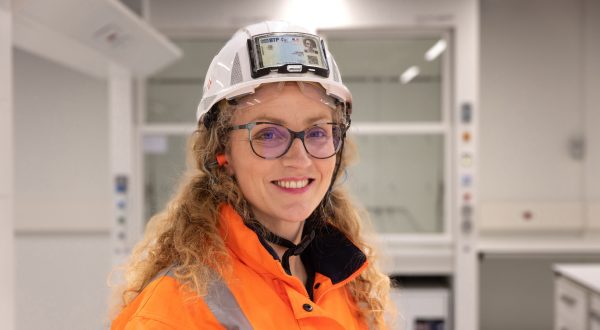
Provided all participants share it from the design stage onwards, BIM optimises management of facilities throughout the building life cycle. Airports are a case in point.
Previously, the quality of a building referred to its construction and functions. “But quality now includes a third dimension: the building’s digital systems,” says Jean Peyrucq, Maintenance and BIM manager at VINCI Airports (VINCI Group). “BIM quality has an impact on operation, maintenance, and ultimately the life cycle of a building or installation,” he adds.
“If the BIM is integrated, the digital quality of the structure will lower the overall cost of operating it.”
The quality of all aspects of BIM (Building Information Modelling) is crucial in airport concessions, which typically cover a period of some 30 years, i.e. the full life cycle of a facility that will change and evolve over time.
“BIM-evolution can be used, for example, to meet a request to transform a space,” says Jean Peyrucq. “An airport is constantly evolving. To facilitate the successive changes in this type of infrastructure, the concessionaire can use BIM to gain a comprehensive overview of the volumes to be restructured and the utility systems to be reconnected. This will bring down the overall cost of the project.”
Like a video game
Another aspect of Building Information Modelling, BIM-operation, has similar practical applications that exceed technical issues. Acting on behalf of the State, Vinci Airports is responsible for firefighting and is required to provide firefighters with high-quality detection equipment. “We can use the information contained in the BIM system to do things like guide firefighters, using BIM like a video game in which the player moves in a realistic 3D environment,” says the Vinci Airports manager.
Olivier Bardet, Business Unit Manager at Actemium Maisons-Laffitte (VINCI Energies), also stresses such outstanding precision in listing the benefits of using BIM in maintenance. “BIM makes it easier to locate faults and provides the maintenance technician with effective guidance more rapidly. The technician will no longer have to look at a 2D map and wonder whether the equipment he is to work on is on the ground, in the air or half-way up the wall.”
Santiago, a model BIM
BIM tools have become so crucial to airport operation that “buildings are now being retroactively “BIM-ed” after they have been completed,” says Jean Peyrucq. Vinci Airports did this in one of its concession buildings in Santiago de Chile.
But ideally, BIM should be taken on board in the design and construction phases. For this reason, says the Vinci Airports Maintenance and BIM manager, “it is very important to develop collaborative BIM.” When the needs of all participants are taken into account, “the digital quality of the airport can be ensured.”
Mathieu Rigaud, BIM project manager at VINCI Facilities (VINCI Energies), also stresses the “need to think BIM,” not only “throughout the design and construction process but also throughout the entire facility life cycle.”
For this reason, VINCI Facilities, which works with VINCI Airports, is involved in the project from the very beginning through to handover procedures and operation. This “ensures that the BIM model complies with the as-built file, and it improves operational excellence.”
The Santiago airport is an invaluable testing ground for VINCI Airports. The Group, which serves as both concessionaire and programme manager for the 200,000 m² of new installations, is careful to ensure that the BIM is built collaboratively, which guarantees the quality of the buildings and installations, and also supports optimum operation and evolution. “If the BIM is integrated, the digital quality of the structure will lower the overall cost of operating it,” says Jean Peyrucq.
11/09/2017


